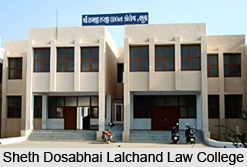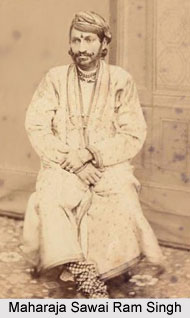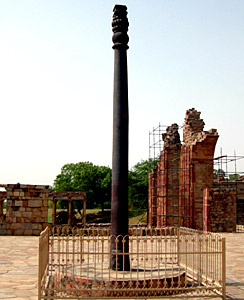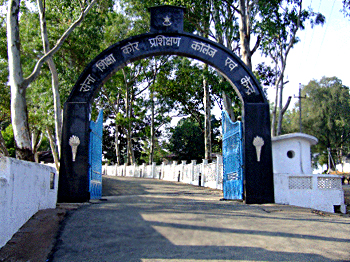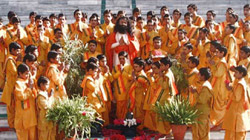 Gurukul system of education in ancient India was related to the quest of studies. Here the guru or the teacher lived with his family members along with his students and imparts education to them in varied fields. Gurukul was generally established in forests, away from the dean and bustle of normal life. A shishya or a student served his guru for years and gained the faith of the guru with his determination, discipline, sincerity and intelligence before he was provided an opportunity to acquire the knowledge of different subjects. The Gurukul system taught students simple living, loyalty to duty and quest for learning.
Gurukul system of education in ancient India was related to the quest of studies. Here the guru or the teacher lived with his family members along with his students and imparts education to them in varied fields. Gurukul was generally established in forests, away from the dean and bustle of normal life. A shishya or a student served his guru for years and gained the faith of the guru with his determination, discipline, sincerity and intelligence before he was provided an opportunity to acquire the knowledge of different subjects. The Gurukul system taught students simple living, loyalty to duty and quest for learning.
History of Gurukul
The Gurukul system of education can be traced back to the Vedic era. Many Gurukuls, including that of Yajnavalkya, Varuni were mentioned in the Upanishads. Brigu Valli, the famous discourse on Brahman, is mentioned to be in Guru Varuni`s Gurukul. In ancient India, Jainism and Buddhism flourished which had a major impact on the educational system.
During the medieval period, universities that provided higher education were Taxila, Nalanda, Vikramasila and Ujjain. During the colonial era the Gurukul system was starting to decline The Gurukul was almost extinct except in some of the remote areas during the colonial period. One of them was in Kerala where the soldier of Nair race had their personal martial gurukuls called Kalaris.
Education system in Gurukul
Life in a Gurukul was tough and the students had to follow strict discipline. They lived in very strict surroundings, practice celibacy and cultivate virtue and discipline under the custody of their guru in order to win his confidence and attention. The students had to sacrifice their worldly comfort by getting education in a Gurukul. The shishyas live together as equals, regardless of their social status, acquire knowledge from the guru. The surroundings were beautiful with plenty of space to move about and there was very little of any big structure. Teachers and students lived together. There were regular physical services that the pupils had to render to the teachers. They got up very early in the morning, said their prayers, and went for a bath in the river, which would be at quite a distance from the ashram of the teacher. They would have to wash their clothes and their teachers` clothes also. They cooked their food, cleaned the ashram, took care of the animals and acquired knowledge of the texts.

Usually up to the seventh year, no particular attempt was made to impart knowledge to the child. The age at which it commenced depended upon the student. In case of the intellectually advanced student it started in the eighth year and in other cases it started at eleven or twelve. The period of studentship lasted anywhere between nine to forty eight years according to the pupils requirements as to whether he wanted to master a part of the scriptures only or acquire all knowledge.
Education was imparted orally and this continued even after scripts were introduced since the priestly class did not want to put their knowledge in written form and make it public. The shishyas had to remember everything that was taught and gain mastery over the subject. In ancient India the Gurukul system of education was imparted free and the student after completing their education has to give his guru the gurudakshina. The gurudakshina is a customary sign of tribute, thanks and respect, which can also be monetary or at times can also be an important work the teacher would like his student to complete.
LaterDevelopments in Gurukul System
A few new Gurukulas have been established recently. Some of them are Ananda Marga Gurukul, Swami Narayan Gurukul and Vivekananda College. For many years International Society for Krishna Consciousness founded many Gurukuls for children proving academic as well as spiritual instructions. The Bhaktivedanta Gurukul in Vrindavan provides its students with cultural and Vedic lifestyle along with high school degree from ICSE board. The Iskcon Gurukul project of Mayapur is rejuvenating the ancient Gurukul system since the 70`s.
Though with passing time the concept of ancient Gurukul has been lost but the hostels of modern times, in a way, reflect this age-old notion. As in gurukuls, in hostels, too, the students are bound by discipline and are their all round development is paid heed. The Gurukul system may have become extinct but the teacher-student relationship is still the same in India.

